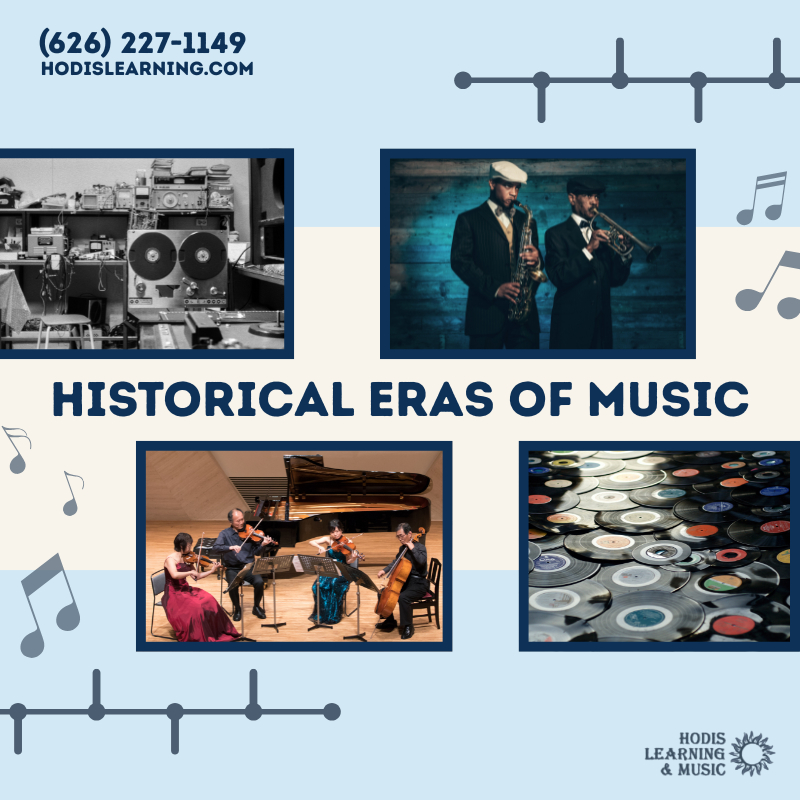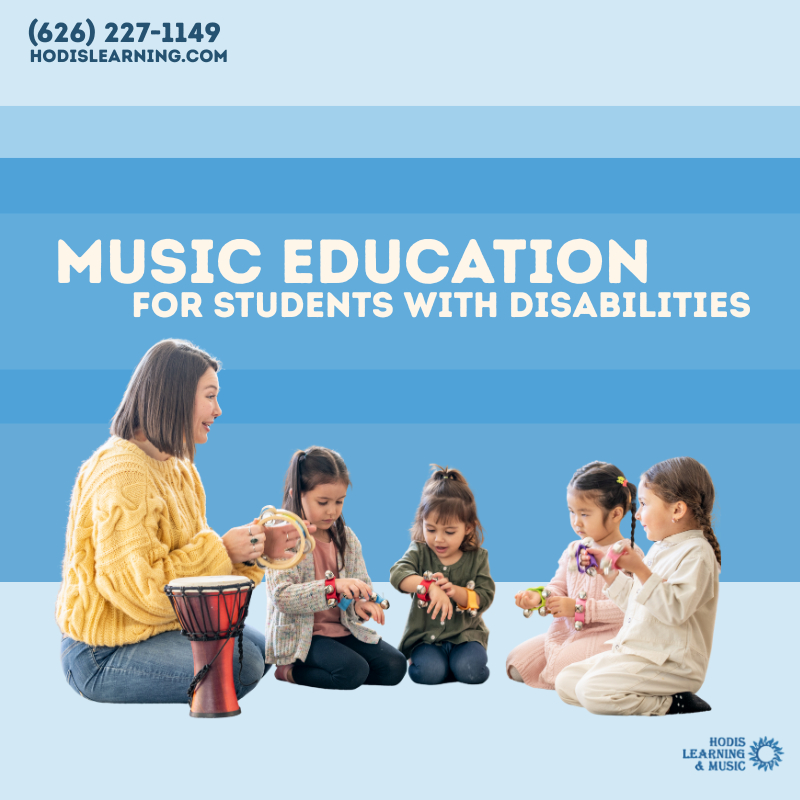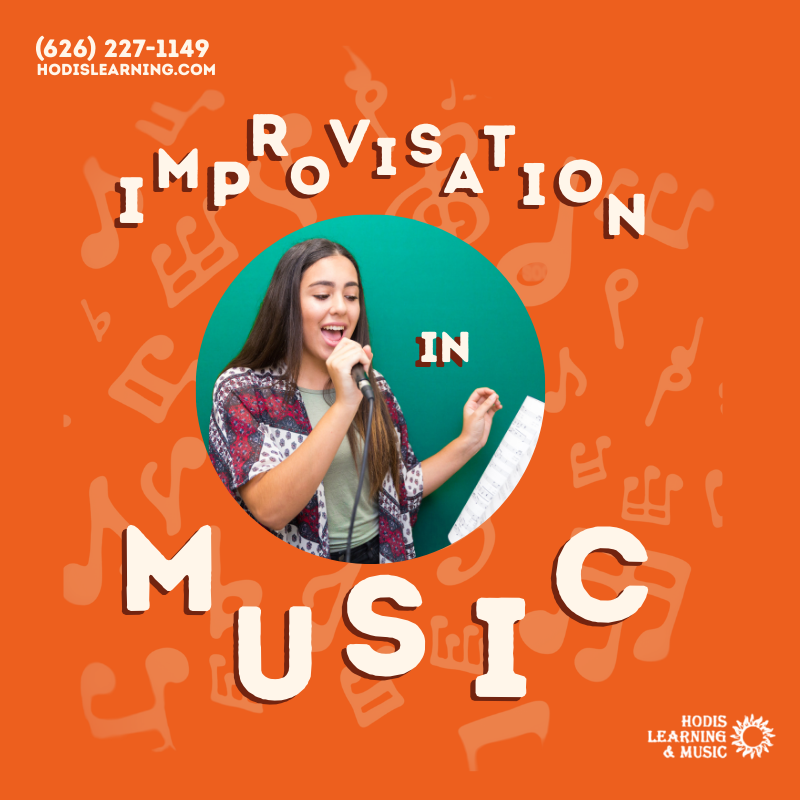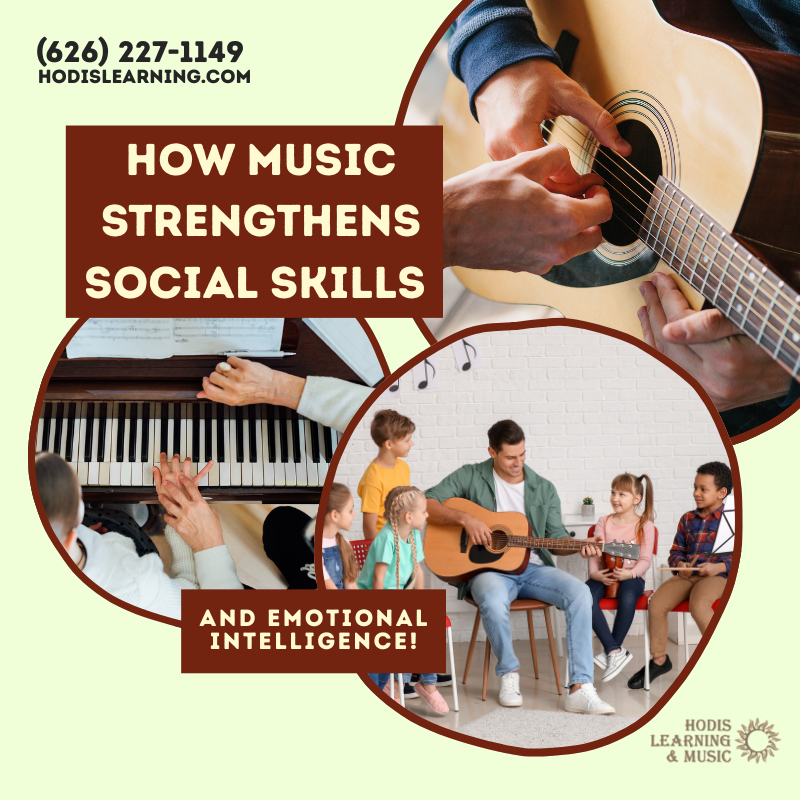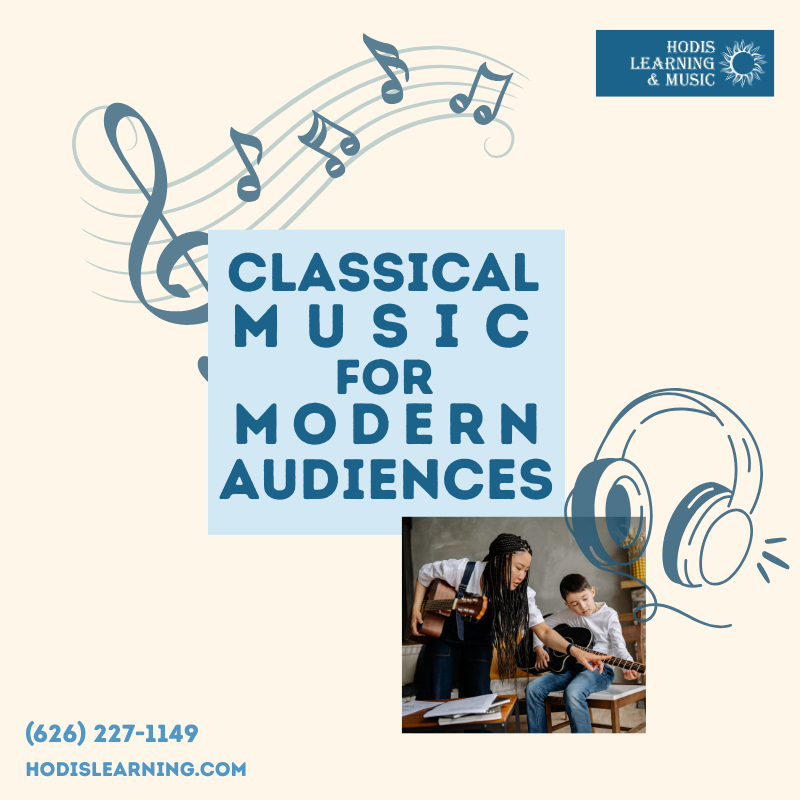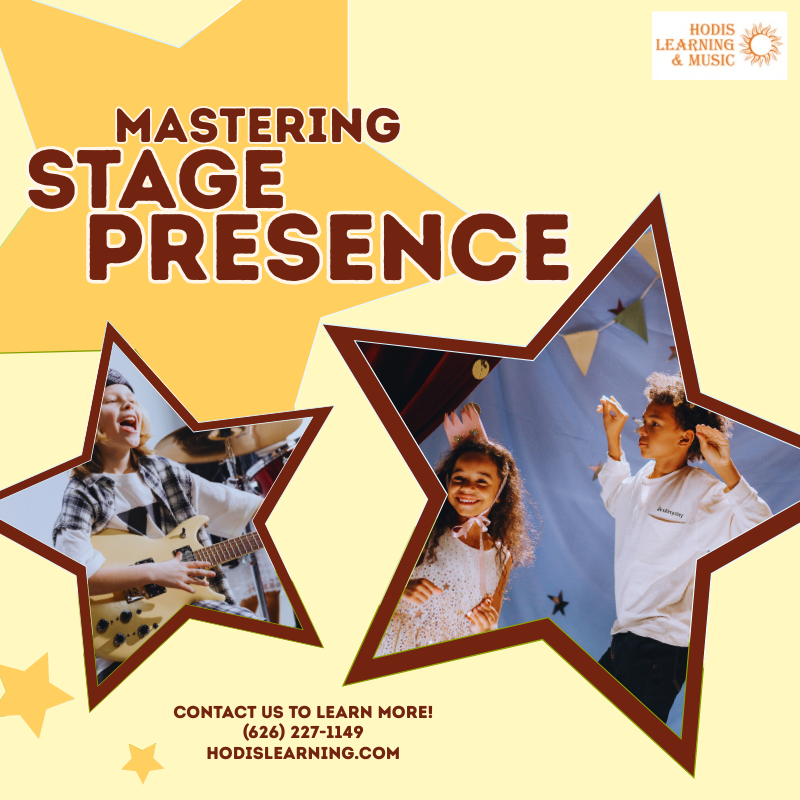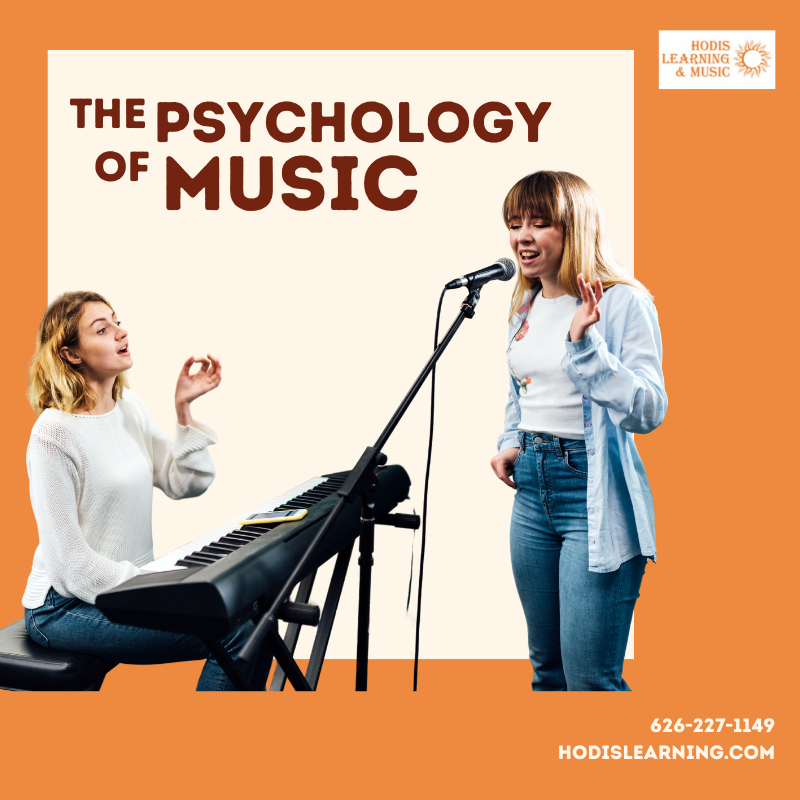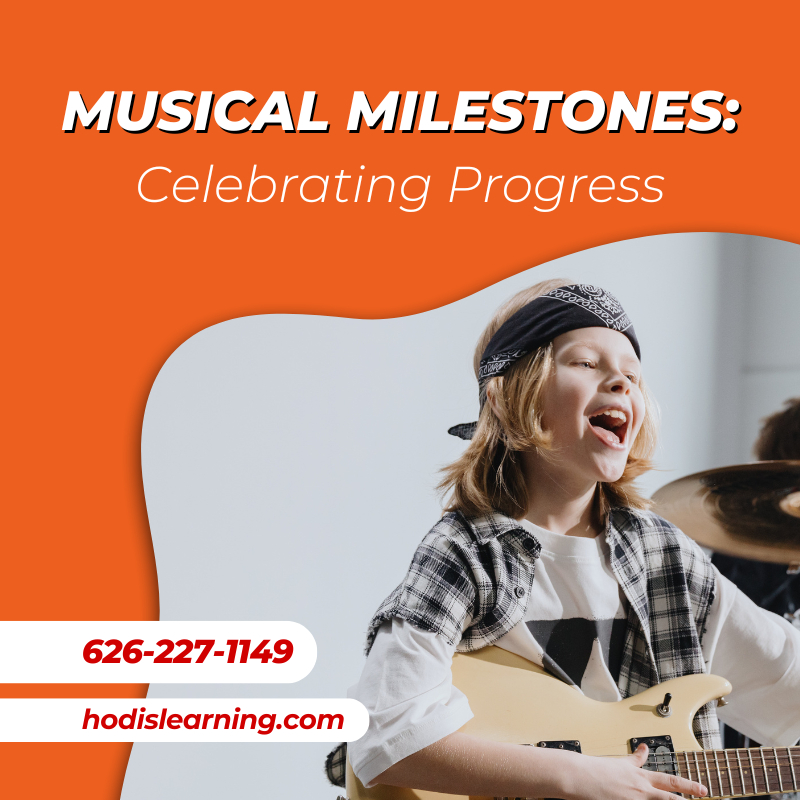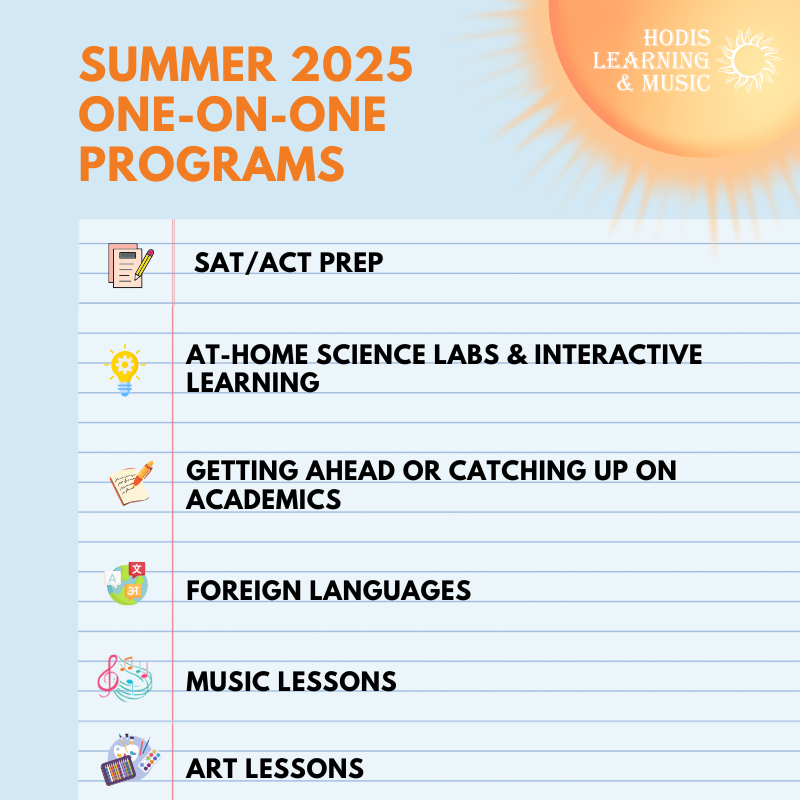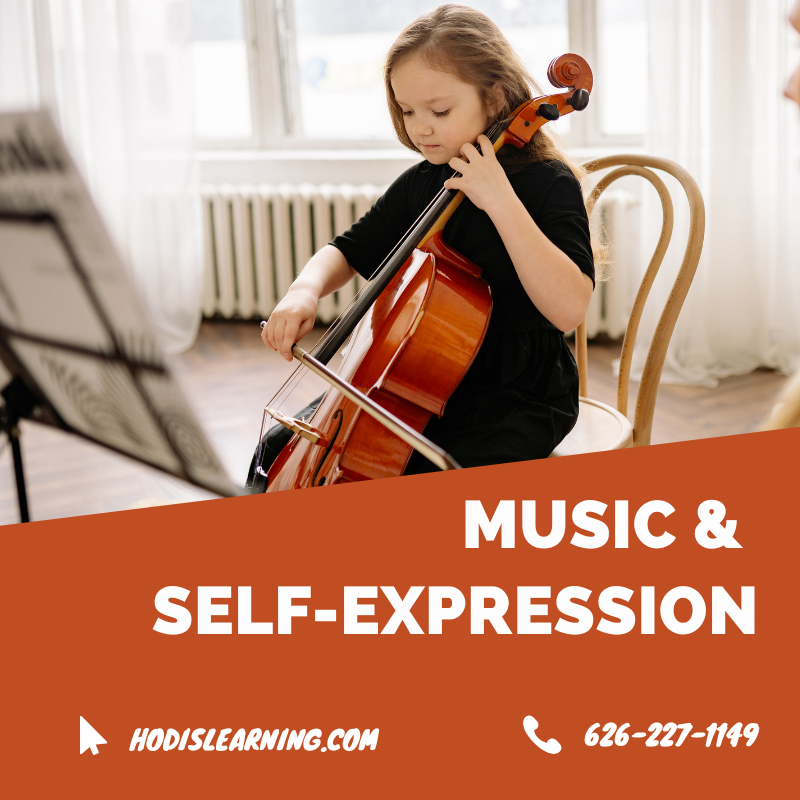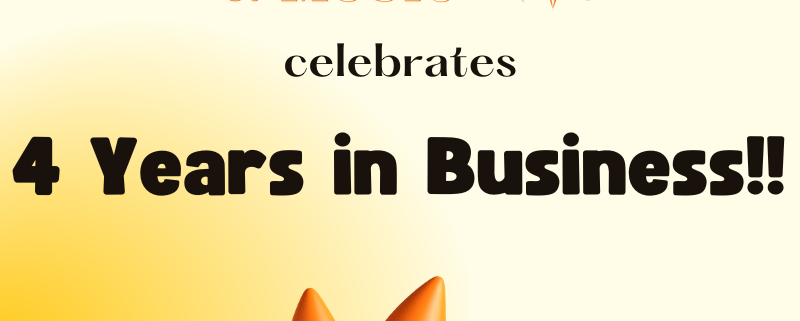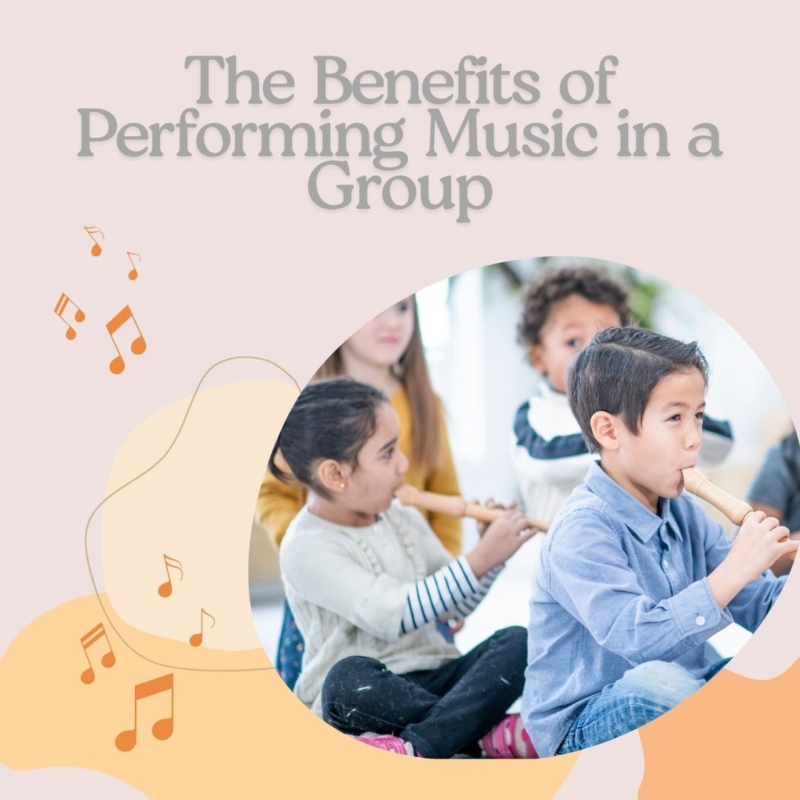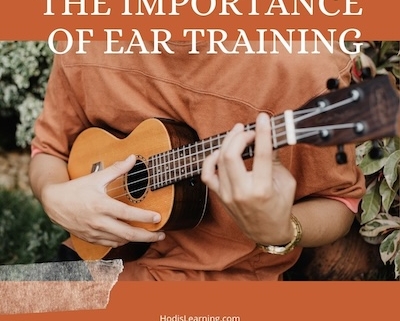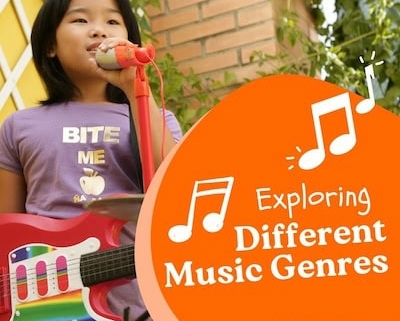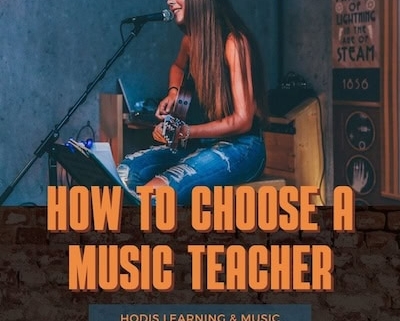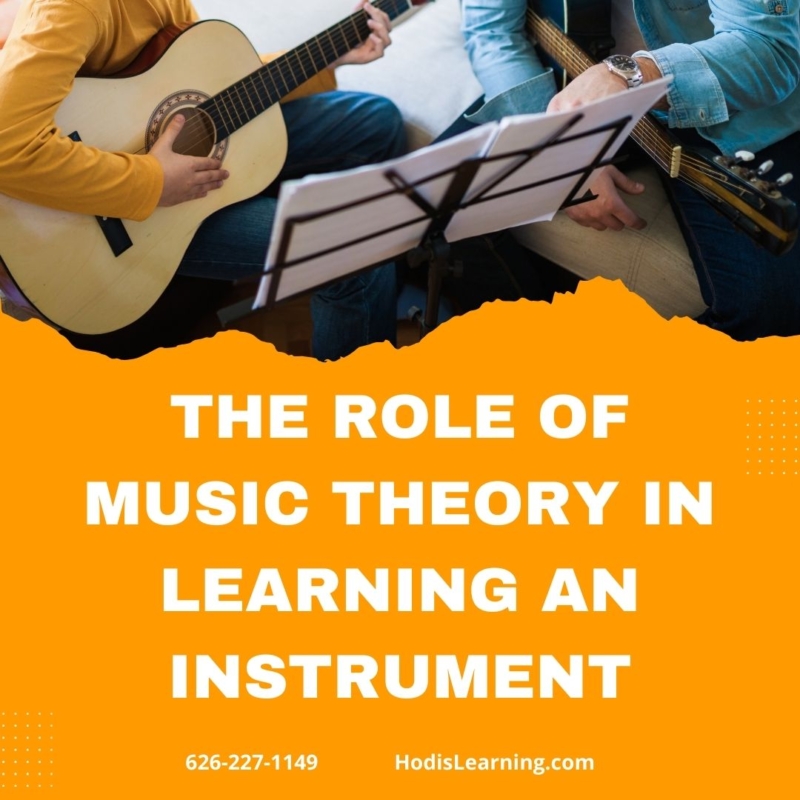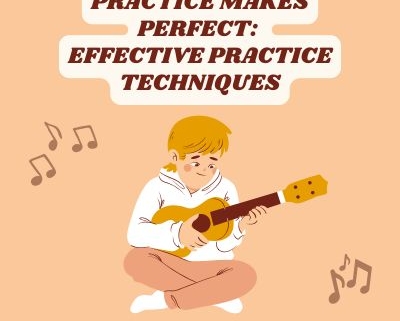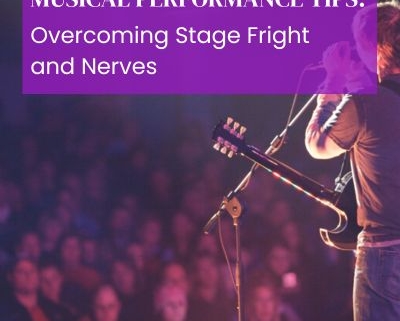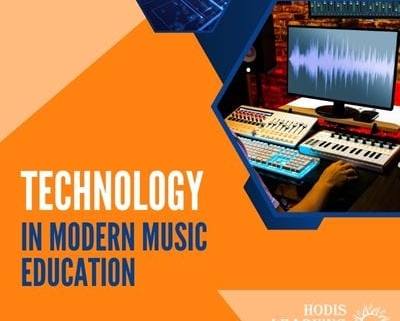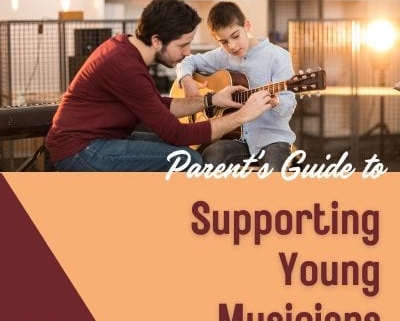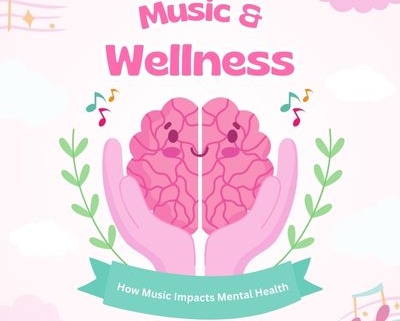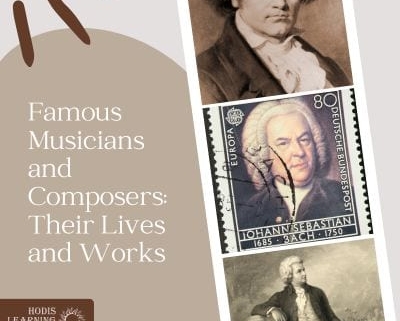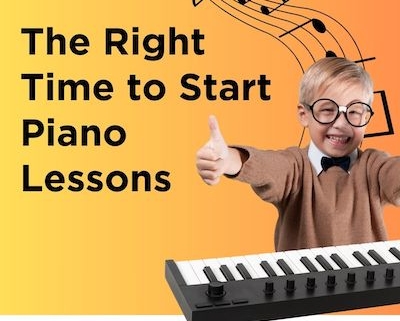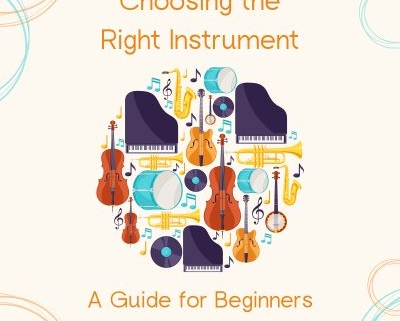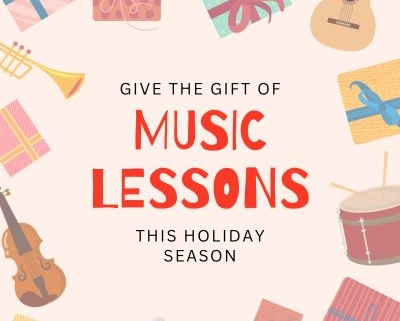The holiday season is the perfect time for students to explore music, whether they’re just beginning lessons or brushing up on their skills. Festive holiday songs are fun, familiar, and often built around simple melodies and chords, making them ideal for beginners on both piano and guitar. Here are some easy, crowd-pleasing holiday classics that new musicians can confidently tackle.
1. “Jingle Bells”
Difficulty: Easy
Instruments: Piano & Guitar
This is a holiday favorite for a reason! The melody is repetitive, upbeat, and sticks in your head, making it ideal for beginners learning rhythm and hand coordination.
Why it’s great for piano:
- Simple right-hand melody
- Minimal hand movement
- Great intro to quarter and half notes
Why it’s great for guitar:
- Basic chords like G, C, D
- Easy strumming pattern
- Sounds good even at slow tempos
2. “Deck the Halls”
Difficulty: Easy
Instruments: Piano & Guitar
Bright, quick, and cheerful, “Deck the Halls” helps students practice smooth transitions between notes and chords.
Why it’s great for piano & guitar:
- Piano: Introduces eighth notes and simple runs
- Guitar: Reinforces steady strumming and chord changes
3. “Silent Night”
Difficulty: Beginner-friendly
Instruments: Piano & Guitar
This gentle classic is perfect for practicing slow, controlled playing.
Why it’s great for piano:
- Teaches expressive playing and phrasing
- Simple left-hand harmonies
Why it’s great for guitar:
- Very easy chord progression (G–C–D or C–G–Am–F)
- Works nicely with soft fingerpicking or slow strumming
Tips for Learning Holiday Songs
Start Slow: Students should begin at a comfortable tempo, gradually speeding up as their confidence grows.
Practice in short sections: Breaking the song into small phrases helps with accuracy and reduces frustration.
Add creativity: Encourage students to play with dynamics, try different strumming patterns, or add simple harmonies.
Share the music: Playing for family members boosts confidence and turns learning into a joyful holiday tradition.
Bring Music Into Your Home This Season
Holiday music is a wonderful way to build skills while celebrating the season. These beginner-friendly songs offer a fun and festive place to start for musicians.
If you’re interested in music lessons, or want help learning any of these songs, our music educators are ready to help. Call us at (626) 227-1149 or submit a contact form on our website to get started today!
